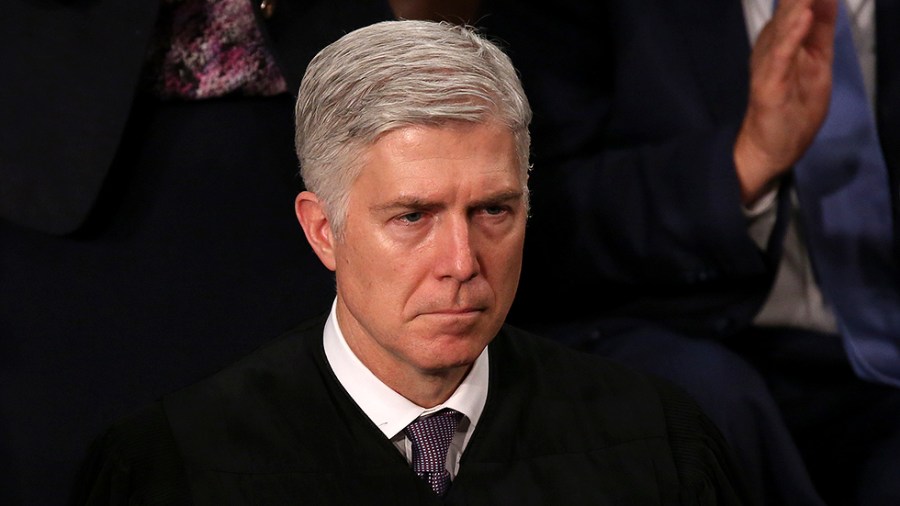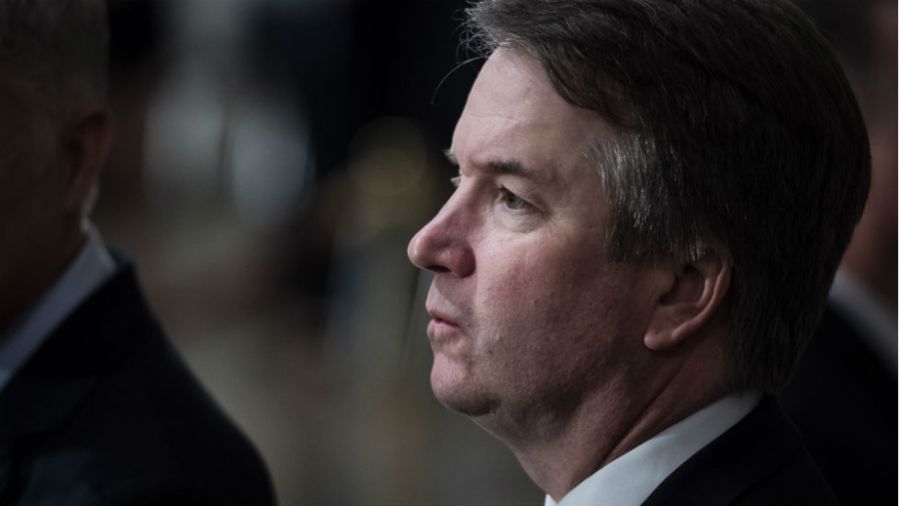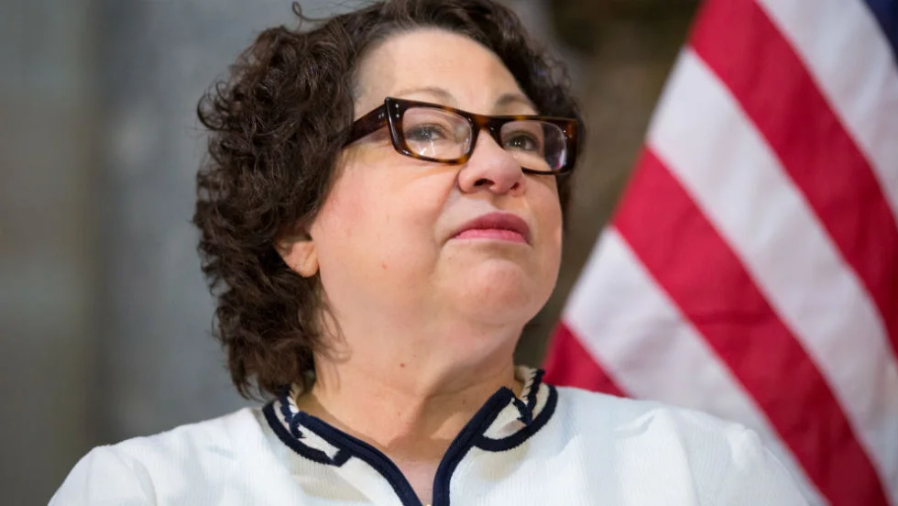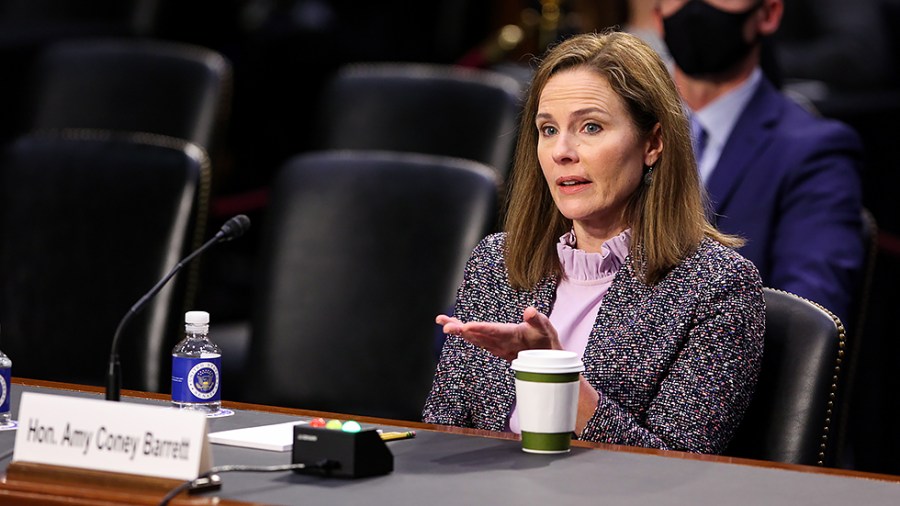Student loan forgiveness: Key statements from each justice
The high-stakes battle over President Biden’s student debt relief plan reached the Supreme Court on Tuesday, with each justice giving a glimpse into their thinking during back-to-back oral arguments.
Biden’s plan appears in peril after the court’s conservative majority cast doubt on the administration’s authority to forgive up to $20,000 in student debt for qualifying borrowers in two separate challenges.
The case more broadly touched on a number of legal issues — states’ ability to challenge administration policies they don’t like and the scope of executive authority — that revealed insights into each justice’s approach to cases.
Here’s a key statement from each justice during Tuesday’s arguments:
John Roberts

Chief Justice of the United States John Roberts arrives before President Joe Biden delivers the State of the Union address to a joint session of Congress at the Capitol, Tuesday, Feb. 7, 2023, in Washington. (Jacquelyn Martin, Pool)
“We’re talking about half a trillion dollars and 43 million Americans. How does that fit under the normal understanding of ‘modifying’?“
Roberts, the chief justice, near the start of the first argument pressed U.S. Solicitor General Elizabeth Prelogar on how the HEROES Act justifies cancelling hundreds of billions of dollars in debt.
The law, which the administration cites as authorizing the plan, enables the education secretary to “waive or modify” federal student financial assistance programs in connection with national emergencies — in this instance, the pandemic.
But Roberts repeatedly stressed the plan’s price tag, quoting the late conservative Justice Antonin Scalia as defining “modify” as “moderate change” and questioning how Biden’s plan falls under that definition.
Clarence Thomas

Supreme Court Justice Clarence Thomas delivers a keynote speech during a dedication of Georgia new Nathan Deal Judicial Center in Atlanta, Feb. 11, 2020. (Associated Press/John Amis)
“Could you explain then, in other provisions there is express language as to cancellation, and, of course, there isn’t here.”
Like most oral arguments, Thomas became the first justice to ask a question before remaining fairly quiet afterward.
Thomas leveraged the opportunity to kick off the high-stakes argument by noting other statutes that explicitly refer to debt cancellation. He compared that to how the administration is justifying their plan as merely a waiver and modification.
It became the first of many moments in which the court’s conservatives appeared to invoke the “major questions” doctrine, which requires Congress to speak clearly when authorizing an agency to take actions with vast economic and political significance.
In his only other line of questioning to the solicitor general during the first case, Thomas noted the difference between past uses of the HEROES Act to pause student loan payments during the pandemic.
“Forbearance fits more comfortably in waive or modify language,” Thomas said. “It’s you simply forbearing on collecting an underlying debt, but you don’t cancel the debt. And that’s what we’re talking about here.”
Neil Gorsuch

Gorsuch gave Campbell an opportunity to challenge some of the Biden administration’s claims about the student debt relief program. (Greg Nash)
“I understand the Secretary has considerable expertise when it comes to educational affairs, but in terms of macroeconomic policy, do we normally assume that every Secretary, cabinet member, as learned as they are, has that kind of knowledge?”
Gorsuch gave Nebraska Solicitor General James Campbell, who represented the state challengers, an opportunity to push back on the administration’s assertion that the Education Department has the expertise to exert authority over debt relief.
The administration insists that since the Education Department is given authority to forgive student debt in other contexts, Congress had foreseen the possibility of debt relief when it gave the department emergency authority under the HEROES Act.
“No, we don’t. When we’re dealing with a nearly half-trillion dollar loan cancellation program, this is squarely in the ken of Congress,” Campbell responded to Gorsuch’s question.
Brett Kavanaugh

Kavanaugh appeared wary of using executive authority for the cancellation of student debt during his arguments. (Getty)
“Some of the biggest mistakes in the Court’s history were deferring to assertions of executive emergency power. Some of the finest moments in the Court’s history were pushing back against presidential assertions of emergency power.“
Kavanaugh’s views on the limits of executive power were a frequent topic in his confirmation hearings, but he appeared wary on Tuesday of using executive authority for a massive cancellation of student debt.
He referenced an amicus brief from a Fordham Law School Professor Jed Handelsman Shugerman, who called the plan a “case study” for how administrations abuse emergency powers
“And that’s continued not just in the Korean War but post-9/11 in some of the cases there,” Kavanaugh continued. “So, given that history, there’s a concern, I suppose, that I feel at least, about how to handle an emergency assertion.”
Samuel Alito

Alito pressed Prelogar on why the Biden administration considers the student debt program to be fair. (Stefani Reynolds)
“Why is it fair? If it was, if you didn’t have to do it? Why is it in the answer to say that it was warranted? Maybe it was warranted, but why was it done? I guess you don’t want to answer the question.”
Alito again proved his reputation as a searing questioner during the second argument, a challenge from two individual borrowers who did not qualify for the full $20,000 in relief.
He pressed Prelogar on why the administration believes the plan is fair, asking multiple times and expressing dissatisfaction with Prelogar’s answers in each iteration.
Alito stressed that the administration was not legally required to forgive the debts, so it is legitimate to inquire about the view of how the Education Department evaluated the plan’s fairness.
“All right. I’ll try one more time. Why was it fair to the people who didn’t get arguably comparable relief?” Alito later asked.
Sonia Sotomayor

Sotomayor emphasized the challenges that student borrowers may face without receiving debt relief. (Getty)
“There’s 50 million students who will benefit from this, who today will struggle.”
Sotomayor during a 2017 interview described a “continuing tension” in the U.S. between people who believe everyone must pull themselves up, and those who believe societal inequalities build barriers that must be struck down for some people to “have a chance.”
In a similar vein on Tuesday, she highlighted at length the harms that some student borrowers could face without debt relief.
“Many of them don’t have assets sufficient to bail them out after the pandemic,” Sotomayor added. “They don’t have friends or families or others who can help them make these payments. The evidence is clear that many of them will have to default.”
“Their financial situation will be even worse because once you default, the hardship on you is exponentially greater,” she continued. “You can’t get credit. You’re going to pay higher prices for things. They are going to continue to suffer from this pandemic in a way that the general population doesn’t.”
Elena Kagan

Kagan used a hypothetical situation involving an earthquake to make a point about the utilization of emergency authority. (Stefani Reynolds)
“Congress doesn’t get much clearer than that. We deal with congressional statutes every day that are really confusing. This one is not.”
Kagan expressed in blunt terms her views on the clarity of the HEROES Act.
She went on to ask Campbell, who represented the states, a hypothetical involving an earthquake, repeatedly stressing the value of emergency authority.
“This isn’t a massive delegation to the Secretary of Education. It’s designed to deal with emergency conditions. You have a lot of power in emergencies. When those people’s homes are destroyed, you have the power to discharge their loans.”
Ketanji Brown Jackson

Supreme Court nominee Ketanji Brown Jackson answers questions during the third day of her Senate Judiciary Committee confirmation hearing on Wednesday, March 23, 2022. (Greg Nash)
“I feel like we really do have to be concerned about jumping into the political fray, unless we are prompted to do so by a lawsuit that is brought by someone who has an actual interest.“
After a number of her colleagues raised alarm about executive overreach, Jackson during the final line of questioning in the states’ challenge noted that the judiciary, too, is part of the separation of powers dynamic.
Jackson tied her point to her concerns about giving the challengers standing, suggesting that it would improperly lead the courts to encroach on the political branches of government.
Amy Coney Barrett

Barrett notably broke with her fellow conservative justices in questioning Missouri’s argument. (Bonnie Cash)
“If MOHELA is an arm of the state, why didn’t you just strong-arm MOHELA and say you’ve got to pursue this suit?”
Before the court reaches the merits, they first must establish that a challenger has standing, meaning the legal capacity to sue. Missouri’s standing theory received the most attention.
Barrett’s questioning broke with her conservative colleague’s sympathy towards Missouri’s argument, and it instead more closely mimicked the skepticism of the court’s liberals.
The debate revolves around whether the Higher Education Loan Authority of the State of Missouri (MOHELA) is an arm of Missouri, or if MOHELA’s purported revenue losses from the debt cancellation would cause it to miss out on payments it owes to the state treasury.
The court’s liberals noted that MOHELA itself had the capacity to sue, but it didn’t.
“Why didn’t the state just make MOHELA come then, if MOHELA is really an arm of the state?” asked Barrett. “And all of this would be a lot easier.”
But even if Barrett and the three liberals reject that the challengers have standing, the five remaining conservatives could still deliver the debt relief plan’s fatal blow.
Copyright 2023 Nexstar Media Inc. All rights reserved. This material may not be published, broadcast, rewritten, or redistributed.

